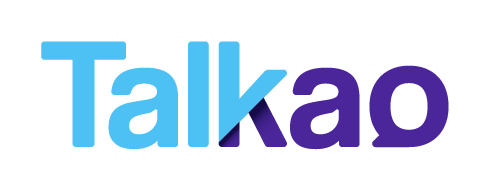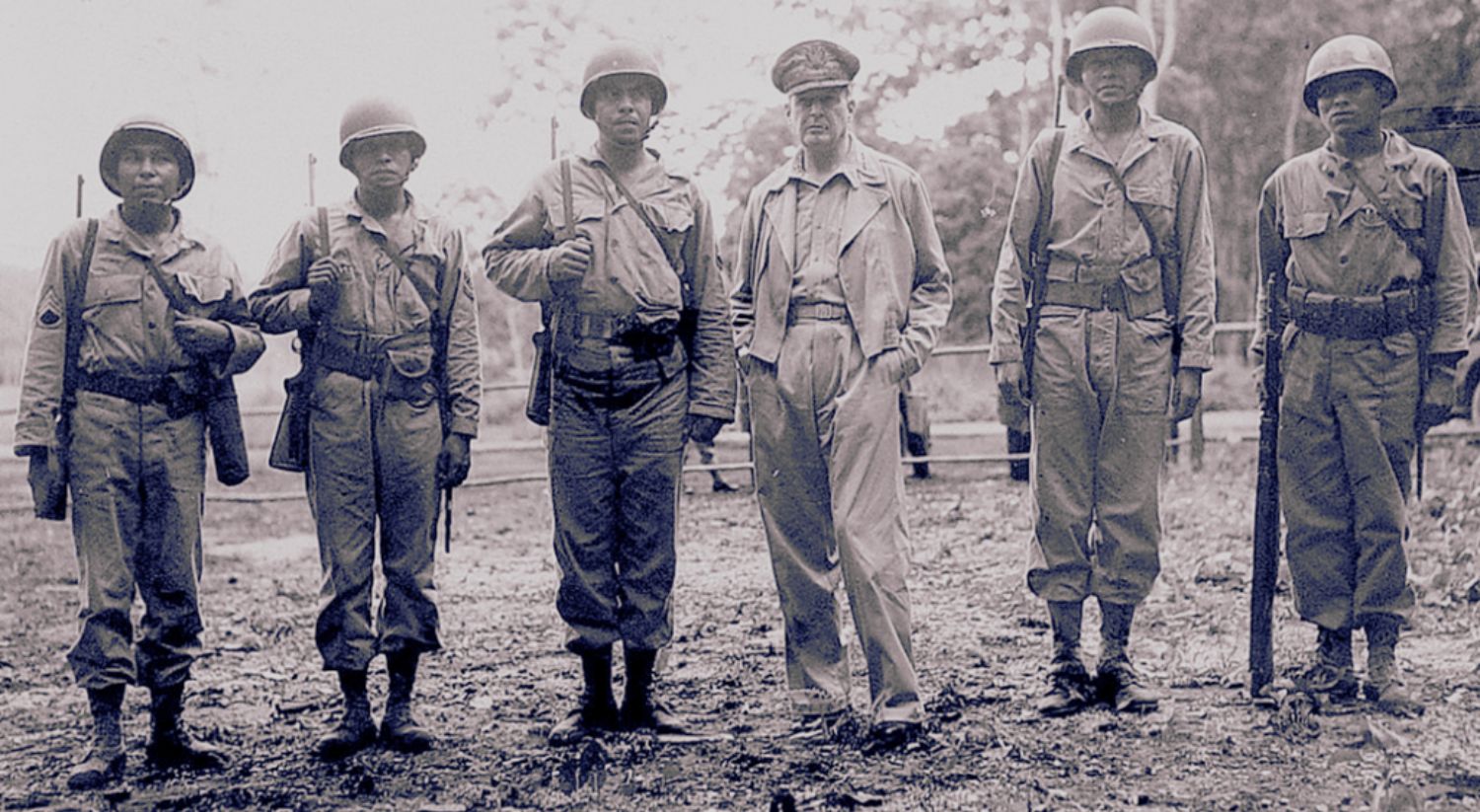
Turkish is one of the most important languages at the crossroads of Europe and Asia. As a “bridge” between East and West, it holds a key position in global politics, religion, society, and culture. Its relevance is closely tied to Turkey, a modern country with a rich and ancient history. Turkish culture has played a fundamental role in the story of humanity, influencing both Western and Arab-Asian civilizations. For many, Turkish is a central and highly valued language in global culture.
For all these reasons, today we’re going to explore Turkish in a simple and approachable way. We’ll go beyond the language itself to understand its linguistic value and phonetic beauty. You’ll also learn a bit about its historical roots, including the enormous influence of the Ottoman Empire on modern history.
We’ll discover Turkish as you’ve never seen it before. Immersing yourself in Turkish culture and heritage will be a fascinating journey—a real window into one of the world’s most captivating civilizations. So, pack your bags, because today we’re heading to Turkey to explore its amazing language and ancestral culture.
The origins of the Turkish language: Centuries of history and heritage bridging two worlds
When you set out to learn a new language, understanding its history and cultural roots helps you connect on a deeper level. This allows you to appreciate its essence and the factors that make it meaningful to its speakers. This is certainly true for Turkish, a language spoken by over 80 million native speakers. Turkish has a significant presence in both Europe and Asia, serving as a cultural and linguistic bridge between the two continents.
Learning Turkish opens the door to a fascinating historical journey. Over the centuries, it has evolved through various empires, adapting to cultural, political, and social changes. Today, we’ll explore its linguistic origins and rich history—giving you a broader and more meaningful foundation for your Turkish learning journey.
Origins and evolution of Turkish
Learning about Turkish history will not only expand your vocabulary and grammar comprehension. This will also help you appreciate its flexible structure, logical syntax, and the subtle nuances. Moreover, you’ll discover the beauty of the language as you speak it.
Linguistically, Turkish belongs to the Turkic language family, an expansive group of languages spoken from Eastern Europe to Siberia and Central Asia. This family includes languages such as Kazakh, Uzbek, Kyrgyz, and Azerbaijani. Modern Turkish is just one of many branches of this widespread linguistic tree, whose roots reach deep into the heart of Asia.
From Central Asia to Anatolia
The first Turkic-speaking peoples appeared over 1,500 years ago in Central Asia. These nomadic groups, known as the Turkic peoples, gradually migrated westward across the vast steppes and mountain ranges of what are now Central Asian nations. Over the centuries, their language evolved, incorporating lexical borrowings from the diverse cultures they encountered—among them Persians, Arabs, and Mongols.
It was in the 11th century that these tribes, led by the Seljuks, began to settle in Anatolia—modern-day Turkey. This migration marked the true beginning of what we now recognize as the Turkish language.
The influence of other languages on Turkish development
One of Turkish’s most fascinating features is its adaptability. Throughout its history, Turkish has absorbed words, expressions, and even grammatical structures from other languages. As a learner, you’ll notice that many Turkish words have Arabic or Persian origins, a result of the Islamic cultural influence during the Seljuk Empire and later the Ottoman Empire.
In later centuries, particularly during the height of the Ottoman Empire (15th–19th centuries), Turkish began incorporating elements from European languages. Gradually, it adopted words from Italian, French, and Greek. During this period, Ottoman Turkish, the language of administration and literature, became a sophisticated blend of Arabic, Persian, and Turkic vocabulary.
This complex linguistic evolution explains why modern Turkish still boasts such a rich and diverse lexicon today.

The radical change of the 20th Century: The language reform
Although Turkish has a history spanning thousands of years, the language as we know it today was shaped by a radical reform in the 20th century. After the Republic of Turkey was founded in 1923, Mustafa Kemal Atatürk led a profound cultural and linguistic transformation. Here are some of the key changes introduced during this process:
Main changes you’ll notice when learning modern Turkish:
- The Arabic script was replaced by the Latin alphabet in 1928. This shift made the language easier to learn and brought the country closer to the West.
- Vocabulary simplification: Many words of Arabic and Persian origin were removed and replaced with Turkic roots or newly created terms.
- Grammar standardization, eliminating archaic forms that made learning more difficult.
Thanks to this reform, Turkish became a much more accessible and practical language, both for native speakers and for learners like you.
The grammatical structure of Turkish: An ancient legacy
When you begin learning Turkish, you’ll quickly notice that its grammar structure is very different from Spanish or English. These differences largely reflect its Turkic roots:
- Agglutinative language: Words are formed by adding suffixes that modify their meaning. As a result, a single word can contain a great deal of grammatical information.
- SOV word order: The typical sentence structure is Subject – Object – Verb, unlike the SVO order used in Spanish or English.
- Vowel harmony: Turkish applies vowel harmony, meaning vowels within a word adjust according to specific phonetic rules.
- No grammatical gender: Unlike Spanish, Turkish nouns do not have masculine or feminine forms, making this aspect easier for learners.
At first, these differences may seem challenging. But with daily practice, you’ll see that Turkish has a logical and clear structure, allowing you to build precise sentences.
Turkish today: A living language
Today, Turkish is spoken not only in Turkey but also across much of the Mediterranean and Western Asia. In addition, the Turkish diaspora has spread the language to distant parts of the world. Significant Turkish-speaking communities can be found in:
- Cyprus
- Germany, home to over 3 million people of Turkish descent
- Balkan countries such as Bulgaria, Greece, North Macedonia, and Kosovo
- Turkish emigrant communities in France, the Netherlands, and the United Kingdom
- Certain regions of the Caucasus and Central Asia, where Turkish is spoken as a minority language
Turkey today is a key player in global culture and economics. Speaking Turkish gives you access to its vibrant society, as well as its world-renowned film and TV industry, cuisine, and growing international business network.
Why is learning Turkish relevant today?
Beyond its rich history, learning Turkish offers practical and cultural benefits:
- Access to Turkish literature, cinema, and TV series, which have gained international popularity
- Job opportunities in tourism, trade, and international relations
- A deeper understanding of Ottoman, Islamic, and Mediterranean cultures
- Connection with a modern, welcoming, and diverse society
Moreover, Turkish is a structured and logical language, which makes it easier to learn—especially if you already speak other agglutinative languages like Finnish or Hungarian.
Learning Turkish is about immersing yourself in a living history
As you’ve seen, Turkish is not just a language; it’s a reflection of centuries of migrations, conquests, cultural exchanges, and social reforms. When you learn Turkish, you’re not simply memorizing vocabulary or grammar. You’re opening the door to a rich and vibrant culture, to a people proud of their heritage, and to a language that continues to evolve every day.
Now that you know its origins and evolution, your Turkish learning journey will be more meaningful and insightful. Every word you speak will carry historical and cultural depth, enriching your learning experience.
But is it possible to learn Turkish quickly and easily? As we’ll explore next, with the right strategies, you can achieve fluency sooner than you think.

How to improve your learning with Talkao’s AI translation technology
Learning Turkish is undoubtedly an exciting challenge. As you know, it’s not enough to just memorize vocabulary or grammar rules—you need tools that help you understand, practice, and apply the language in real-life situations. This is where AI-powered translation technology comes in. By using these tools correctly, you can accelerate your learning process, improve your comprehension, and practice independently—anytime and anywhere.
Today, you’ll discover how AI translation can become your best ally in mastering Turkish. It’s not just about translating words—it’s about creating a dynamic, personalized, and effective learning environment.
AI-powered voice and audio translation
With predictive AI translation technology, you can:
- Correct your pronunciation
- Learn the proper intonation and natural pronunciation of words and full sentences
- Hold conversations with native speakers in a natural and fluid way
- Understand audio, music, movies, and other media in a logical and natural context
All of this (and more) is possible with Talkao’s smart AI translation features. Thanks to real-time translation and apps like Talkao Translate, you can learn Turkish quickly and accurately.
Text, document, and image translation
Talkao’s AI text translation will help you:
- Translate books, magazines, and other printed materials
- Gradually improve your grammar and spelling
- Translate any format or alphabet without needing to transcribe it first
- Understand the meaning of words embedded in images
- Comprehend documents and official texts
Talkao’s text translation, document translator, and image translation features are perfect for your learning process. You’ll be able to translate from Turkish into over 125 languages with ease.
Video translation
Movies, streaming videos, live classes, and podcasts are excellent ways to improve your Turkish comprehension. With Talkao’s streaming translation feature, you can translate them quickly, smoothly, and accurately. Just download the app on your phone, and you’ll literally have a personal translator in your pocket.
To support your learning even further, let’s take a look at some of the most common Turkish phrases. You’ll learn greetings, farewells, and useful expressions for everyday situations.
Common phrases in Turkish
Greetings and farewells
| Greetings and farewells in Turkish | ||
|---|---|---|
| Situation | Turkish | Translation |
| Greetings | ||
| Hi! (casual) | Merhaba | Merhaba |
| Good morning | Günaydın | Günaydın |
| Good afternoon | Tünaydın | Tünaydın |
| Good night | İyi akşamlar | İyi akşamlar |
| Farewells | ||
| Good bye (formal) | Hoşça kalın | Hoşça kalın |
| see you later (informal) | Görüşürüz | Görüşürüz |
| Good night | İyi geceler | İyi geceler |
| Basic manners | |
|---|---|
| Expression | Phrase in Turkish |
| Please | Lütfen |
| Thank you (Formal) | Teşekkür ederim |
| Thanks (Casual) | Sağ ol |
| I’m sorry | Üzgünüm |
| Forgive me | Affedersiniz |
| Presentations | |
| My name is… | Benim adım… |
| What is your name? | Adın ne? |
| Basic answers | |
| I’m ok | İyiyim |
| Nice to meet you | Memnun oldum |
Numbers and dates
| Basic numbers in Turkish | ||
|---|---|---|
| Number | Turkish | Translation |
| 1 | Bir | Bir |
| 2 | İki | İki |
| 3 | Üç | Üç |
| 4 | Dört | Dört |
| 5 | Beş | Beş |
| 6 | Altı | Altı |
| 7 | Yedi | Yedi |
| 8 | Sekiz | Sekiz |
| 9 | Dokuz | Dokuz |
| 10 | On | On |
| Days of the week | |
|---|---|
| Day | Turkish |
| Monday | Pazartesi |
| Tuesday | Salı |
| Wednesday | Çarşamba |
| Thursday | Perşembe |
| Friday | Cuma |
| Saturday | Cumartesi |
| Sunday | Pazar |
| Months of the year | |
|---|---|
| Month | Turkish |
| January | Ocak |
| February | Şubat |
| March | Mart |
| April | Nisan |
| May | Mayıs |
| June | Haziran |
| July | Temmuz |
| August | Ağustos |
| September | Eylül |
| October | Ekim |
| November | Kasım |
| December | Aralık |








Newsletter